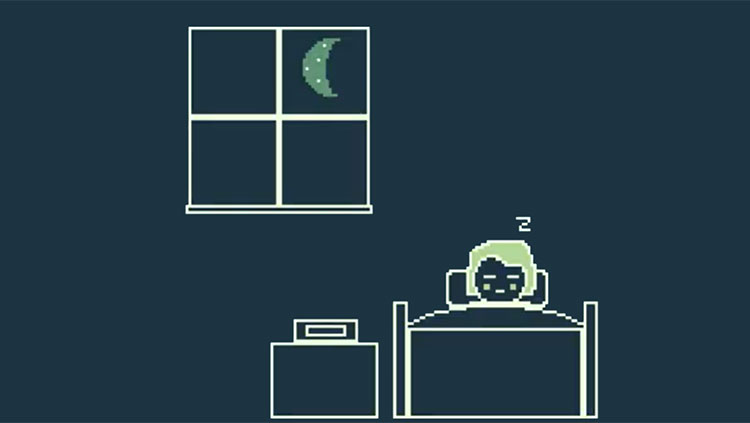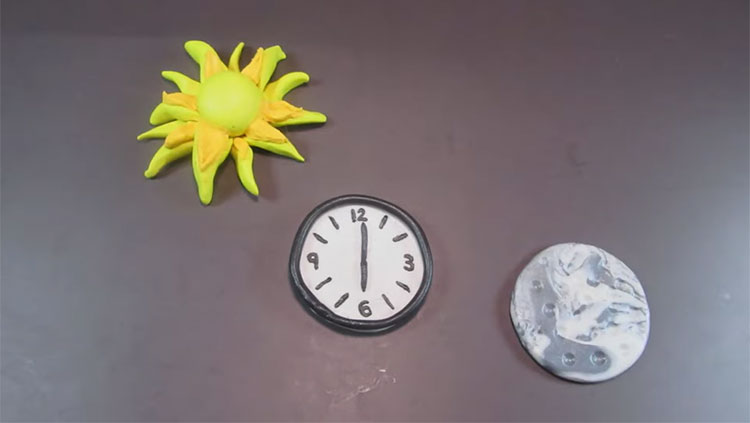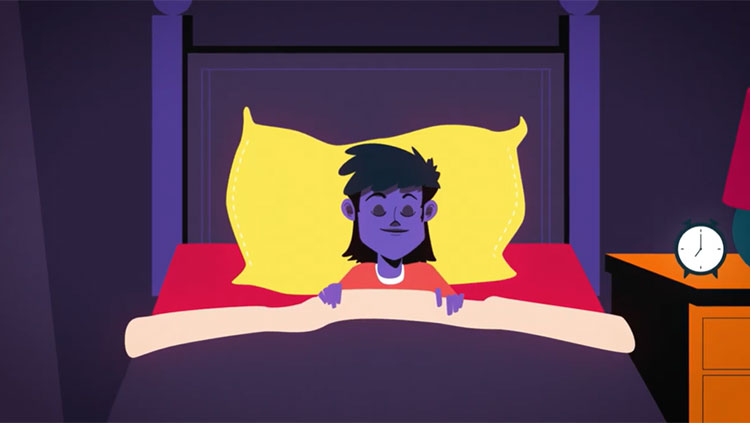Sleep is a part of our daily routine. We have internal circadian clocks, which help us transition between and maintain our states of sleep and wakefulness. But what happens in our brains as we sleep? A tool called electroencephalography, or EEG, has given us insight into the different stages of sleep and what our brains are doing while we slumber.
CONTENT PROVIDED BY
BrainFacts/SfN
Transcript
I am facing a derelict castle. Apparently, I was an ancient king who died long ago. In order to revive myself, I need to step inside, but there are quite a few people preventing me to do so.
I am then distracted by the most beautiful dog I have seen. I then decide to take her outside, as it seems she desperately needs to take a p...Dreams. Dreams are a wonderful thing. Imagine. Some of us humans live through countless scenarios. Dreams can be meaningful, they can be inspiring, or even terrifying. But they all have something in common: sleep.
But what is sleep?
Sleep is a concept known to mankind since forever. It wasn’t really discovered; we’ve been doing it like we’re eating or washing or doing the puzzles in the newspaper. It’s a basic human need. As Tononi and Cirelli put it in a review: It is a state of low mobility with low responsiveness to external stimuli. Just like death.
No. It’s a reversible state. We shut down for some time, and then we wake up. In the middle of the 20th century, with the invention of the electroencephalogram, it became clear that sleep was more complex than we thought.
First, what is an electroencephalogram, or EEG for short. Well. Let’s take a human brain. If we zoom into the Cortex to look at its cells, we can see that the neurons are very well-aligned. They’re in fact so well-aligned that when they decide to convey a message together, we can measure it with a piece of metal on the subject head. That's so cool.
So, if they fire all together, the EEG will show a curve of high amplitude. But if they fire randomly, the signal will be completely different, and the EEG will only show little scribbles.
So basically, in the 20th century, we invented a machine that could measure cortical synchrony, or to put it simply, that measure how much the neurons under the electrode fire their messages at the same time. So, when you’re awake, all of your neurons will fire randomly, so your EEG will look like this. Low amplitude, and the oscillations are quite fast.
During sleep though, your neurons start to have long periods of silence together. So, the EEG look like this, slow waves of high amplitude, because the network will be in synchrony.
And then, later on, we discovered there was another phase of sleep, where the EEG looked a little bit like wake. So, we called it the paradoxical phase of sleep, or rapid eye movement sleep (REM) for short.
And it's also where dreams are the most vivid. 3 main states of vigilance: wakefulness, REM sleep, and NREM sleep. But how does the body know when to fall asleep?
There are 2 hypothesized processes. The first relies on your inner clock. A small part of the brain, called the suprachiasmatic nucleus (SCN), is activated by light and regulates your inner clock, which then can let your body know it’s time to go offline. And it’s not immediate, so that’s why we get jet lag.
The other process is called homeostatic. And it models how your need for sleep increases with the amount of time you spend awake. And what’s cool about it is it can correlated to the amplitude of slow waves. With the longer you’ve been awake, the bigger the amplitude. And the magic happens during sleep, where we can actually see the slow wave activity dropping over time.
So, there you have it. Sleep is a reversible state of low mobility and low responsiveness to external stimuli, and the realm of dreams. It is composed of NREM sleep and REM sleep, and its regulation fits models driven by your inner clock, the circadian clock, and a homeostatic process.
Thank you so much, sleep well, dream well!
Also In Sleep
Trending
Popular articles on BrainFacts.org
















